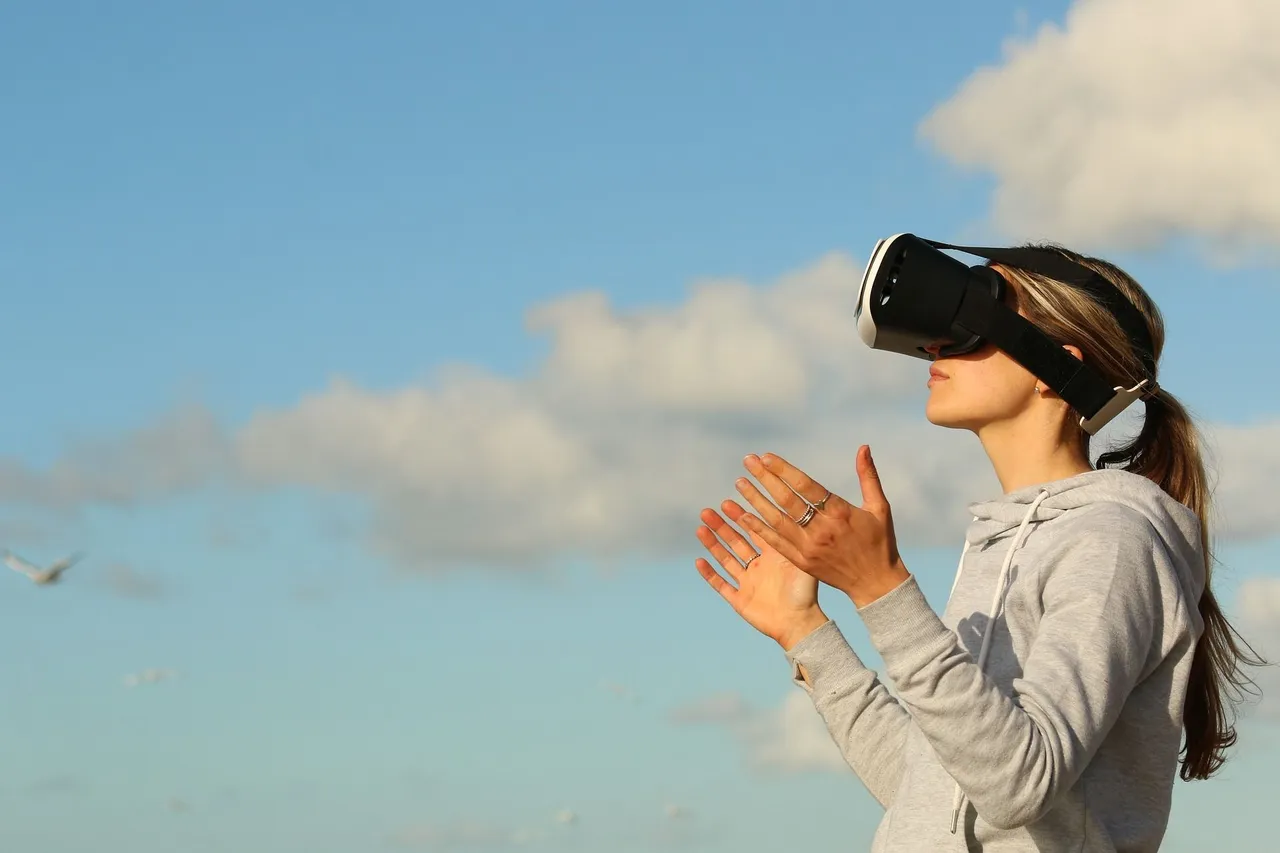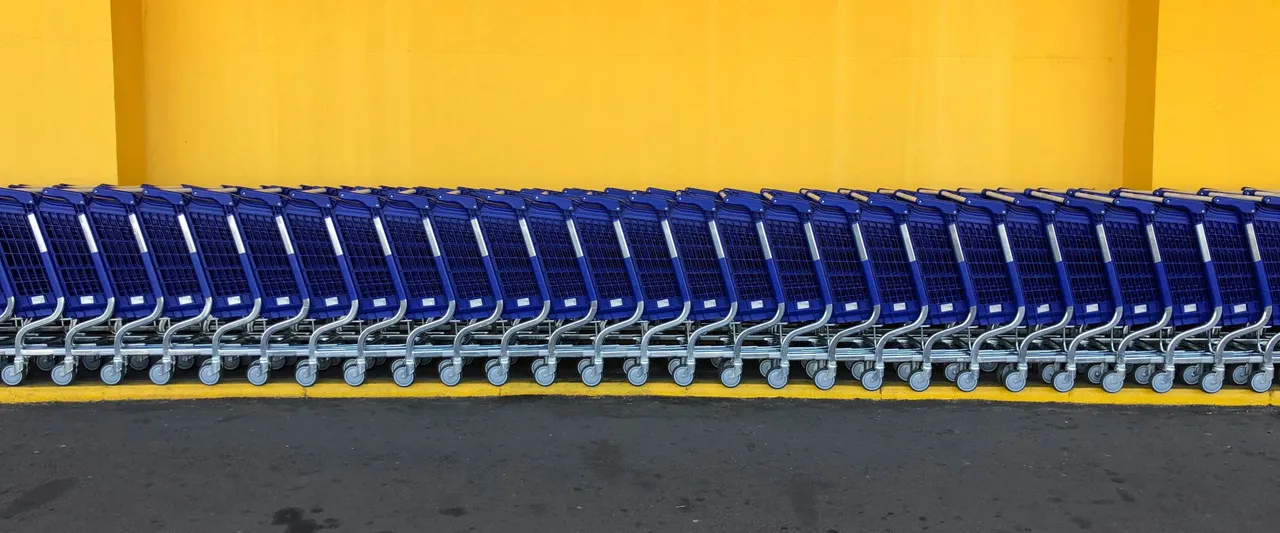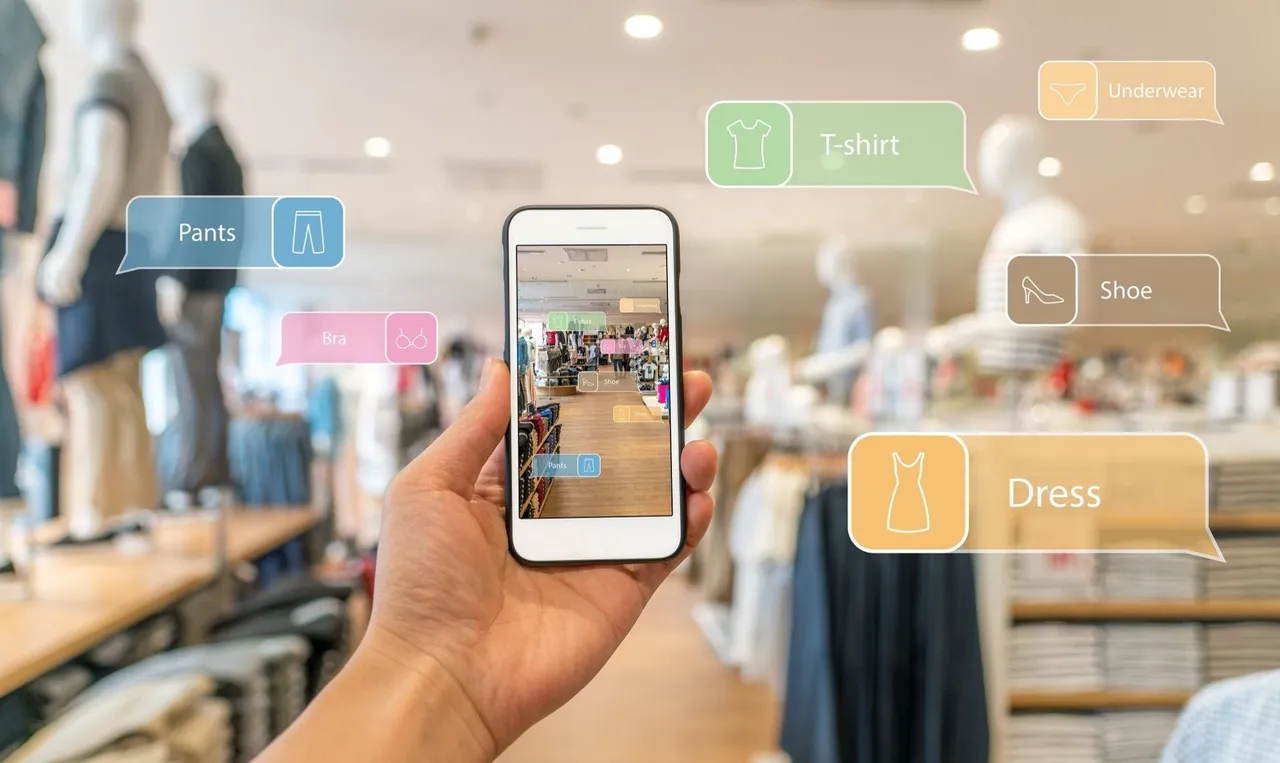The Future of Virtual Reality in Retail
We’re going through a very exciting period in human history. Yes, we’re not flying to the Moon any time soon. And it’s not like we actually live in the future that previous generations envisioned. However, we do have SpaceX and tons of other cool stuff unimaginable before. Like virtual reality.
This is the concept that humanity has always wanted to explore since the idea of VR was introduced to this world. Just like 50 years ago, when humanity wanted to push the boundaries of reality by venturing into space, we’re looking at yet another frontier. A frontier that has no bounds. It’s probably just a cosmic coincidence that the same guy who wants to send us back to space actually thinks that we live in virtual reality.
Watched the video? Freaky, right? Just don’t overthink it, otherwise prepare to experience an existential crisis.
In today’s world, our exploratory pursuits are aimed at the virtual world. Some experts go as far as to say that 2017 will be the year when VR is going to become the norm. The year when all of those VR enthusiasts, content creators and developers will finally feel the influx of a tangible user base. So, no more early adopters nonsense and no more chasms to be afraid of. To find out if this is true, just follow the stats.

VR Software and Hardware market
And these figures are probably the most important ones, as they show the confidence of hardware suppliers and software developers. The consumer base is ripe, and manufacturers feel that.

Unit shipments of VR devices
VR is becoming mainstream. Not like the last time, when Nintendo failed with its Virtual Boy. It’s natural that various businesses are trying to exploit this technology. Retail companies are not an exception. VR is no longer a novelty for retailers, as technologies move forward, and an average person already has a VR-ready device in their pocket.
There’s one proof that’s even more telling than any of all these fancy graphs and estimates. There’s an industry that perfectly mirrors the actual demand for VR. It’s the adult film industry. It’s both the forefront of tech adoption and a cemetery for new technologies. In fact, it’s solely responsible for the disappearance of certain high-tech products, like HD-DVDs.

Top areas by projected VR revenues
Now that we’ve established that VR tech is a potentially valuable business asset, let's take a look at some of the promising applications of VR in the retail industry. Let’s also check out how businesses already exploit VR. This should give us a wider perspective on the things to come for retail VR applications and us, as their potential users.
Virtual Showrooms
This is probably one of the most fitting and actionable use cases for VR technology. Virtual showrooms are cheaper to set up, they offer extended functionality, don’t require any logistics, as well as any additional staff to maintain, and can be easily customized by customers themselves.
One of the most prominent cases is IKEA’s take on how virtual reality should interact with its customers.
Imagine how showrooms like these could impact revenue. Have you returned something to the store because it didn’t fit the interior of your apartment? Well now the store doesn’t have to worry about that, because you have the opportunity to actually see how a piece of furniture could fit into your room. By the way, IKEA has been on the VR bandwagon for at least 4 years, and this says a lot about their corporate vision of the impact and value virtual reality brings to retail.
Other big brands also realize the value of a virtual space, especially in niches, where it’s hard to actually imagine what the purchase would look like. For example, construction materials, which are pretty hard to pick for consumers. Individuals are usually picky about the interior of their homes, as many consider their homes to be their sanctuaries. VR helps to bridge that gap between a need and a purchase.
There are tons of other potential applications, like emergency backups for real showrooms or as a presentation medium at a client’s office. Companies like MarxentLabs and VRShowroom already offer a variety of these use cases as actual applications for their clients.
Virtual Fashion
Why go to Paris for a fashion show, if you can just sit there in the comfort of your room and enjoy the whole experience?
All that excessive cash can now be spent in a virtual fashion boutique. You don’t actually have to go to the store and meet people. The introvert in you is hyperventilating over this exciting news.
At the same time, 'virtual reality in retail' is now practically synonymous to fashion and trends for many people. Over 70% of respondents to Greenlight VR’s survey confirmed that brands using virtual reality tech are perceived to be more forward-thinking and progressive a.k.a. ‘trendy’. So, VR and fashion are like a match made in heaven, especially at this current stage of its adoption in the industry.
That’s why fashion brands keep experimenting with VR. They’ll even let you ride with a virtual pack of huskies in hopes that you’ll buy their apparel.
There are tons of other applications that the fashion world can benefit from. Take for example Oculus and its Avatar project, which allows to create, design and customize avatars to your liking. Imagine an online platform that generates terabytes of user-submitted content in the form of design sketches applied directly to an avatar? It’s already in 3D, just transfer it into the software that helps to design clothing and you’re good to go.
This is just a basic idea. Imagine what marketers and designers within big fashion brands, like Versace, will be able to come up with. Soon the fashion industry will find even more creative ways of approaching VR and its potential.
Changing the Dynamics of Shopping
The shopping experience itself facilitates purchasing decisions. Retailers have been manipulating shoppers for a long time; that’s why you hear energetic music in your favorite shop in the mall. It tingles your senses, energizes you and pushes you towards a purchase and these experiments have been going on for years.
Virtual reality offers a new medium, which might excite all sorts of demographics. If you ever were irritated by an overcrowded escalator in a shopping mall on a Saturday night, then you might be a good target audience for VR. That’s why 6 months ago Alibaba, the biggest online store in China, opened a virtual mall for its customers. Using this platform you can potentially experience retailers’ offerings without actually visiting the store. Amazon is trailing behind, but its VR investments are already popping up, with tons of rumors and speculations surrounding them. Some people are practically begging Amazon to just do it already. eBay is also riding that bandwagon with their virtual department store. They even have a special name for their branded VR glasses - shopticles. Cute.
All of this points out to the very likely possibility that once the giants have realized (and exploited) the potential of VR in retail, smaller operators and vendors will follow suit. As VR enables for all sorts of experimentation in this field, it's a great bet for bringing attention, adding to customer experience and giving a competitive edge especially with very favorable estimations of technology adoption in retail.

Base care VR and AR software assumptions
Brand Identity Management
VR provides the perfect platform for creating experiences that brands want to be associated with. Given the interactive nature of the experience, it can be a lot more impactful than typical viral videos or guerilla marketing campaigns that consumers have gotten used to.
VR empowers a whole new approach to brand storytelling that has never been available before. Just like Red Bull wants to be associated with cool and hip youth activities to attract its core demographic, retail brands want to have specific ideas and feelings arise in association with them. That’s why North Face wants you to take a hike, virtually. Tommy Hilfiger wants you to always remember that they’re a posh fashion brand with their VR runway experiences. And although Mercedes-Benz is not a retailer, we do like to continue showing you more huskies. Everyone likes huskies, right? Check out their great VR experience that’s meant to associate Mercedes-Benz with warm fuzzy feelings, outdoorsy stuff and the sense of exploration.
Brands that inspire people and generate an emotional response for them are 3 times more likely to be advocated by customers themselves through word-of-mouth and other brand advocacy tactics. This all drives better sales and growth figures.
So it all looks fine and dandy for VR and its future in retail. But is it really true or are we looking at another case of overhype?
The Price of Entry
VR requires a lot of 3D modeling. Modeling can also vary in quality and complexity, and there’s also 2D work involved. It’s not like you’re building a community portal or a simple one-pager for your AdWords campaigns. Include all of the other additional costs, and the final price tag may be very unpleasant. Just hiring a decent VR designer/developer can cost you $100/hour, on average.
This also prevents smaller brands from following in the footsteps of their bigger competitors – they can’t simply afford to develop VR experience on par with their more successful counterparts. To be more specific, there are tons of potential VR experiences to create, but in this case, it’s not the consumer who can’t afford it.
KPIs
Playing around with the idea of just sitting there with a small headset on, trying to pick a dress or a pair of shoes, is kind of weird. It’s not the same as your ordinary ‘add to cart’ process that we’re all used to. Of course, this only deals with some of the use cases that we mentioned, and this is just pure speculation based on our vision of some of the bottlenecks that VR might be facing in the retail industry.
Conclusion
Virtual reality has many promising applications in the world of retail. From building a brand image to creating virtual experiences for customers that are meant to sell the product purely based on the ‘wow’ factor and the novelty of this particular kind of tech.
Investments into VR technologies are on the rise. However, most of them are not focused on retail, just like the growing niches of AI and machine learning that thrive around bigger companies with more substantial budgets to throw around. Yet, these investments will eventually trickle down to retail, as technologies become more accessible, VR expertise becomes more available and the overall acceptance of the tech becomes more universal.
Retailers who are interested in investing in a VR experience have to keep a lot of things in mind. It’s important not to break the bank, as retailers chase the VR hype and forget about the budget that they have to strictly adhere to. Setting up clear goals for the initiative is also important. Only invest in VR if you see a viable use case for your company that is affordable.
Overall, the outlook for VR in retail is positive, as technologies move forward, processing power becomes even more available and VR-ready devices are increasing their user base by the minute. Some consumers will definitely give it a try, simply because their devices are ready for it and that offers a pretty good niche to attract customers just by the simple fact of adopting VR. Plus, if you want your brand to be considered ‘forward-thinking’ and ‘modern’, you have to consider VR, as over 70% of consumers associated these exact qualities with brands that adopt VR.













